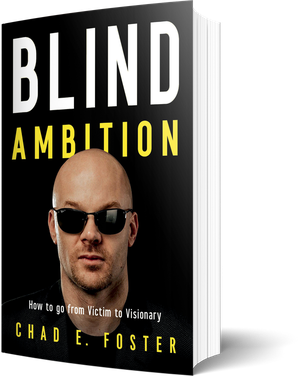
James Clear
James Clear is a leading expert on habit formation, decision-making, and continuous improvement, known for his bestselling book Atomic Habits.
Background & Expertise
James Clear has emerged as the definitive voice on habit formation and performance improvement, translating complex scientific research into practical strategies for business and personal development. After overcoming a severe injury in high school that derailed his baseball career, Clear developed systems for small, consistent improvements that became the foundation of his approach to habit building.
With a background that spans business, science, and psychology, Clear spent years researching the cognitive and behavioral factors that drive sustainable change before publishing his groundbreaking work. His methodical approach to understanding human behavior patterns has made him a sought-after expert for organizations seeking to improve performance through consistent, incremental change rather than dramatic interventions.
Signature Concepts & Methodologies
Atomic Habits Framework
Clear’s systematic approach to behavior change that focuses on tiny improvements (1% better) that compound over time, transforming organizations and individuals through consistent application.
The Four Laws of Behavior Change
His practical framework for establishing beneficial habits by making them obvious, attractive, easy, and satisfying—and breaking bad habits by inverting these laws.
Identity-Based Habits
Clear’s research-backed approach showing that lasting change comes from focusing on identity (“Who do we want to become?”) rather than outcomes alone.
Habit Stacking
His technique for building new habits by attaching them to existing behaviors, creating powerful behavior chains that transform organizational and individual performance.
The Plateau of Latent Potential
Clear’s explanation of why improvements aren’t always visible immediately, helping organizations maintain motivation through the “valley of disappointment.”
Books & Thought Leadership
- Atomic Habits: An Easy & Proven Way to Build Good Habits & Break Bad Ones - His #1 New York Times bestseller that has sold over 9 million copies worldwide and been translated into 50+ languages.
- His work has appeared in publications including Time, Entrepreneur, and the Wall Street Journal.
- Clear’s popular “3-2-1” newsletter reaches over 2 million subscribers weekly with practical insights on habits, decision-making, and continuous improvement.
Speaking Style & Audience Experience
Clear delivers presentations characterized by clarity, practicality, and evidence-based insights. His speaking style combines scientific rigor with accessible delivery, making complex behavioral science concepts immediately actionable for audiences. He excels at creating memorable mental models and frameworks that help listeners understand and apply his concepts.
His presentations are meticulously structured yet conversational, reflecting his own philosophy of simplicity and effectiveness. Clear uses compelling visual metaphors and real-world examples to illustrate abstract concepts. Unlike many motivational speakers, he focuses on systems rather than inspiration, teaching audiences reliable processes for improvement rather than temporary motivation.
Ideal Audiences & Event Types
- Executive teams focused on performance improvement and organizational development
- Sales organizations seeking sustainable productivity improvements
- Technology companies building product experiences that leverage behavioral science
- Healthcare systems working on patient and practitioner behavior change
- Professional services firms developing internal talent and capabilities
- Learning and development conferences
- Corporate transformation initiatives
Recent Focus Areas
- Habit formation in hybrid and remote work environments
- Building high-performance cultures through systems rather than goals
- Applying behavioral science to customer experience and product development
- Sustainable approaches to organizational change that prevent burnout
- Using environment design to shape organizational behavior and decision-making
